Making a left turn is one of the more dangerous maneuvers you can make on American roadways. You’re typically turning across oncoming traffic and there may be multiple lanes plus pedestrians and cyclists to worry about. These circumstances can lead to serious accidents. So if you are involved in a left turn accident, who is at fault?
The General Rule
In a majority of left turn accidents, the left turning driver will be primarily at fault.
A driver turning left usually has a duty to yield to oncoming traffic. The major exception to this is a dedicated left turn arrow at a traffic light. In almost any other situation, the left turning driver would be at fault if an accident occurs.
However, liability is always situational, and fault can be shared. In this article, I’ll get into the details of various situations and explain how insurance investigators handle them.
The Typical Scenario

A common and clear scenario is at a four-way intersection controlled by a traffic light. In this case, the pink car has a green light. They are legally able to turn left if traffic is clear. But the green car coming from the opposite direction also has a green light.
The pink car doesn’t see the oncoming vehicle, and causes an accident by turning immediately in front of them. In this example, the pink car would be 100% at fault.
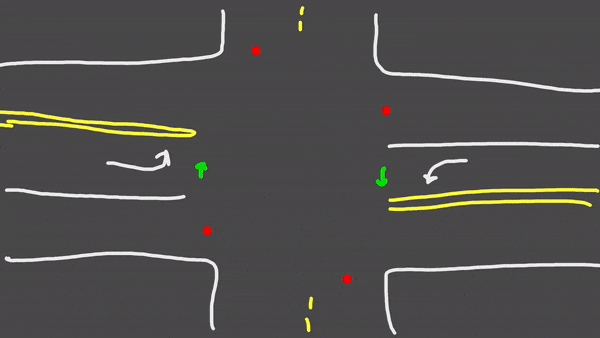
If we switch the lights, though, the opposite is true. In this case, the pink car has a green arrow. This gives them the right of way, which is known as a protected left turn.
The oncoming driver in the green car now has a red light. They run the red light and cause an accident. Now the green car is 100% at fault for failing to obey a traffic signal. This is the major exception to the left turning driver being at fault.
How Insurance Investigates
If you are involved in a left-turn accident, your insurance company (any any other companies involved), will need to complete a thorough investigation. This usually starts with getting recorded statements from each driver involved.
The insurance adjuster may also need to gather the police report, damage photos, scene photos, witness statements, video evidence, and any other evidence that may help them determine exactly what happened. In some serious cases they may hire an accident reconstructionist to examine the evidence and physics involved. But that is rare for most accidents.
The insurance adjuster will review the rules of the road, determine which drivers had which duty of care, and assign fault based on negligence. There may be comparative fault if multiple drivers failed any of their duties. Fault can range from 0% to 100% on each driver, and the total will always add up to 100%.
Alternate Scenarios

Another common occurrence is with multi-lane roads. The inside lane gets backed up, and someone stops and leaves room. In this example, the blue car leaves space for the green car.
But that blue car and the traffic behind them hide the traffic in the outside lane, which is still moving. The green car might even see the blue car “wave them through,” thinking their way is clear. But when the green car crosses the other lane they are hit by the red truck.
The green car would be 100% at fault here. They had a duty to ensure all lanes were clear of oncoming traffic. Someone else leaving them space or even waving them through does not relieve them of their duty.
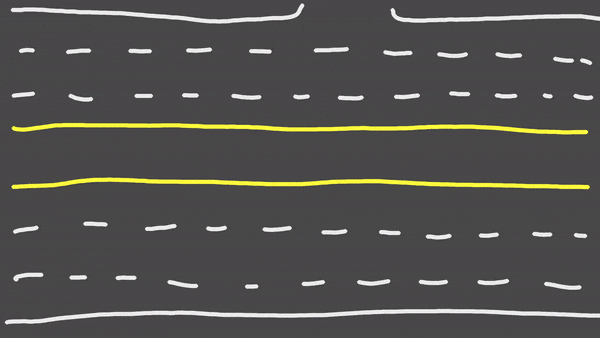
Here’s a different scenario. In this case, the pink car is crossing multiple lanes with very little traffic. They see the yellow truck coming, but they think they have time to make their turn.
They turn across 3 lanes, and they are almost out of the roadway when the truck hits them. Importantly, the truck driver says they did not see the pink car until the last second, and they did not brake or swerve.
This case would involve comparative negligence. The pink car would still be majority at fault (over 50%), because they had a duty to yield. Their decision to turn left was the proximate cause of the accident.
But the yellow truck has a duty to maintain proper lookout, and to avoid an accident when possible. The fact that the pink car crossed three open lanes means the truck should have had plenty of time to see them. The fact that they admitted to not seeing them until the last second, and not taking any evasive action (braking, swerving) means they share some of the blame.
In this case, an insurance adjuster may assess 10% negligence for lack of lookout, 10% for lack of evasive action, and possibly 10% for the unfavorable point of impact (the truck’s front end to the car’s rear side). I would expect to see 20-30% fault on the yellow truck, and 70-80% fault on the pink car.
What About Excessive Speed?
Every road has a speed limit, and a driver may be found negligent if they were going over that limit. However, most cases of speeding result in a small amount of comparative negligence.
The reason for this is that traffic laws are written to put the burden of judgement on the left-turning driver. That driver needs to judge the speed and distance of oncoming traffic before making their turn. If the oncoming car is speeding towards you, why would you turn in front of them?
Courts have upheld this burden, but there are tipping points. In some jurisdictions a vehicle may be found to lose the right of way if they are proven to be traveling more than twice the posted speed limit. There may also be locations involving blind corners. If you travel fast enough around a corner, a left-turning vehicle may have no chance to see you coming. As with most liability questions, everything is situational.
Why Do These Accidents Happen?
In my experience handling thousands of accident claims, many involving left turns, the majority come down to a driver not seeing oncoming traffic.
This may happen for a variety of reasons. In some cases the driver’s vision is blocked. For example, when the inside lane stops but the outside lane is still moving.
In some cases the driver doesn’t think to look, or look carefully. This happens so often when drivers are comfortable, driving on autopilot down roads they cover every day. It’s easy for a moment of complacency to turn into disaster. Just because there wasn’t a car there the last 40 times you made that turn doesn’t mean there won’t be a car there today.
And in some cases the driver is distracted. Cell phone use is a pervasive problem. But even before cell phones there were radios to adjust, kids to talk to, food to eat, directions to read. Any number of things pull at the driver’s attention. And any one of them can cause an accident if that attention comes at the wrong time.
How Can You Avoid These Accidents?
First, as a left-turning driver, you must actively look for other vehicles. It’s not enough to glance ahead as you’re cranking the wheel. You need to look and determine if it’s safe to turn before you actually turn the wheel.
Second, don’t trust what you can’t see. If your vision is blocked by traffic, signs, trees, or anything else, don’t assume the way is clear. In fact, you should assume a car is coming. You need to confirm space before crossing traffic.
Third, avoid turning left. Maybe you don’t have to make that left turn at all. Can you go right and circle back instead? Can you make a protected turn at the next intersection and come back?
Studies have shown left turns to be dangerous. According to the National Highway Traffic Safety Administration, 53.1% of traffic crossing accidents occurred with left hand turns. New York City DOT studied serious pedestrian crashes and found that left turn accidents were three times more likely than right turn accidents.
But did you also know you can save time and money by avoiding lefts? UPS experimented with avoiding left turns as much as possible on their delivery routes. As a result, they claim they save 10 million gallons of fuel and deliver 350,000 more packages every year, in addition to avoiding the accident risk. Just imagine what intelligent routing could do for your weekly errands.
What To Expect If You Are Involved
At-Fault Driver
If you are a negligent driver in a left turn accident, you will need to talk to your insurance company to have the accident covered. They will open a liability claim to handle any damages you are legally responsible for. Once they have fully investigated and determined liability, they will handle the other party’s damages, up to your policy limits.
If you have collision coverage on your vehicle, they will handle the cost of repairs, minus your deductible. If your car is a total loss, they pay the cash value of your vehicle, minus your deductible. And if you have rental coverage, they will provide you with a rental according to your coverage amounts and policy limits.
If you are injured, even in a parking lot accident, you will be able to use whatever first-party coverages you have available. Depending on your state, this can include Personal Injury Protection (PIP), or Medical Payments Coverage (MedPay). If you do not have medical coverage through your car insurance, then you will need to use whatever health insurance you have available.
Not-At-Fault Drivers
If someone else is at fault for your accident, in most states you have the option of using your own insurance or the at-fault insurance company to handle your vehicle damage.
If you go through your own insurance company, you will use whatever collision and rental coverages you have available. You will be responsible for your deductible. Some insurance companies have options to cover your deductible if the other company agrees on liability. You will need to ask your insurance carrier about their options.
Your insurance will cover your damage, then pursue the at-fault company is a process known as subrogation. The at-fault party’s insurance owes for the damage caused, so they will need to pay your company back, including any deductible.
You would also have the option of pursuing your claim directly with the at-fault company. You are owed fair compensation for your property damage, which can include payment for repairs or the value of your vehicle, a rental car covered for a reasonable time period, and reimbursement for any other items damaged in the collision. Additionally, some states allow for diminished value claims, but those claims tend to be limited to very new vehicles.
Shared Liability
As we discussed, left turn accidents can involve shared liability. Each state has their own way of handling comparative negligence. In some states, each party owes the other for their percentage of fault. In some states you are barred form recovery (receiving any payment) if you are over 49% or 50% at fault. And in some you are barred from recovery if you share any amount of fault.
Your best option in cases of shared liability will depend on what kind of coverage you carry. If you carry collision coverage on your car, I would recommend going through your own policy. They will be able to cover 100% of your damage, then recover what they can from the other company.
If you have a liability-only policy, you may be forced to pursue a claim through the other company. But if the other driver was only 50% at fault, they will only pay for 50% of your damage. You will need to pay the rest of your repairs out of pocket.
Injury Claims
Left turn accidents can result in serious injuries. Because they often involve oncoming traffic, the closing speeds can be high, producing massive g-forces at impact. In addition, the point of impact is often the front or side of the vehicle.
If you have been injured in an accident, you first need to think about getting proper medical attention. Get checked out, and follow your doctor’s medical advice regarding treatment.
You need to know where your medical expenses get paid. Your bills will initially be covered by your first-party coverage. Depending on your state, this can include PIP or Medpay. If you do not have medical coverage on your auto policy, or if those limits are paid out, then your personal health insurance is next in line. Last in line to pay is Medicare, Medicaid, or any other government-provided insurance.
Separate from normal coverage of your medical bills, you may have a bodily injury liability claim with the at-fault company. Fair compensation for your injuries includes both economic and non-economic damages.
Economic damages are the solid numbers. This can include medical bills, ambulance bills, prescription drug costs, and lost wages due to your injuries. If these costs have been covered by your insurance, then part of your settlement will reimburse them.
Non-economic damages are intangible items. This is often called general damages, or pain and suffering. Typical financial compensation varies widely depending on the details of your case, including diagnosed injuries, treatment provided, impact on your personal life, venue (the location of your case), and many other potential factors. Each injury case is as unique as the person who was hurt.
Injury liability claims are always paid in the form of a settlement. This is a one-time payment inclusive of all items related to your injuries. You will typically need to sign a release before any payment is made by the at-fault company. Do note that injuries are handled separately from property damage. You can have them pay for your vehicle without settling your injury claim.
Do I Need A Lawyer?
As a former adjuster, I cannot and do not give legal advice. I cannot tell you what your claim is worth or if you need legal counsel. An injury settlement is an agreement between you and the at-fault insurance company. Those two parties are the only ones who can finalize an agreed settlement amount.
However, I can tell you that you are not required to have an attorney handle your injury claim. I have settled countless injury claims directly with the injured party. Your role as a claimant in a personal injury claim is to show proof of your injury and its impact on your life.
If you want to learn how to negotiate and settle your own injury claim with an insurance company, I have a solution for you here. This online training distills my years of experience down to the most essential knowledge, so you can be the most effective claimant possible. I’ll guide you through my roadmap to settlement. And don’t worry, we’ll avoid any left turns.
If you do feel you need legal representation, or just to review your options, you can contact a personal injury lawyer in your area. An experienced attorney may be able to give you more detailed information about the specific laws and processes in your state, as well as their opinion of the value of your claim. Personal injury lawyers will often give a free consultation to discuss the major facts of your case and advise you of your legal rights. If you do want to consult an attorney, I would recommend finding someone local, as they will know your area better than a large chain or out-of-state firm.
Explore more accident types here.
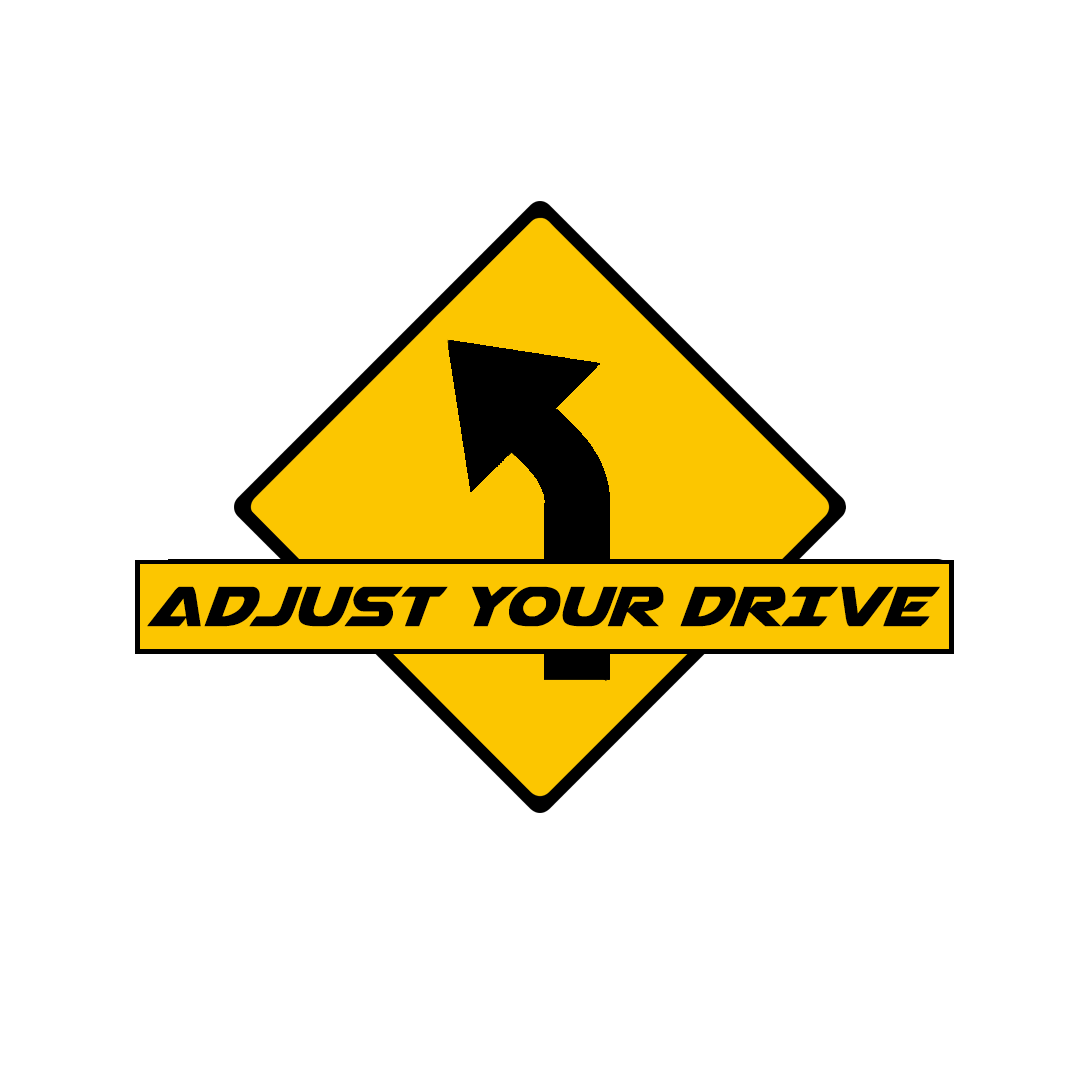

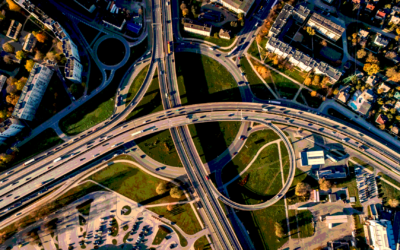
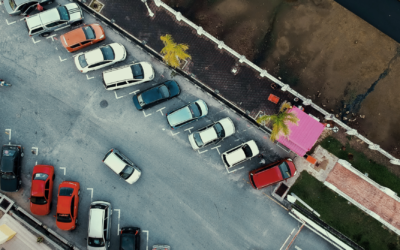
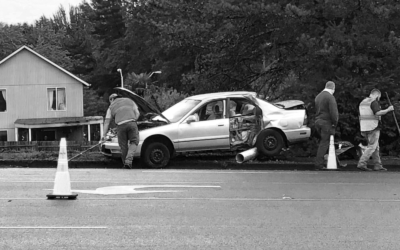
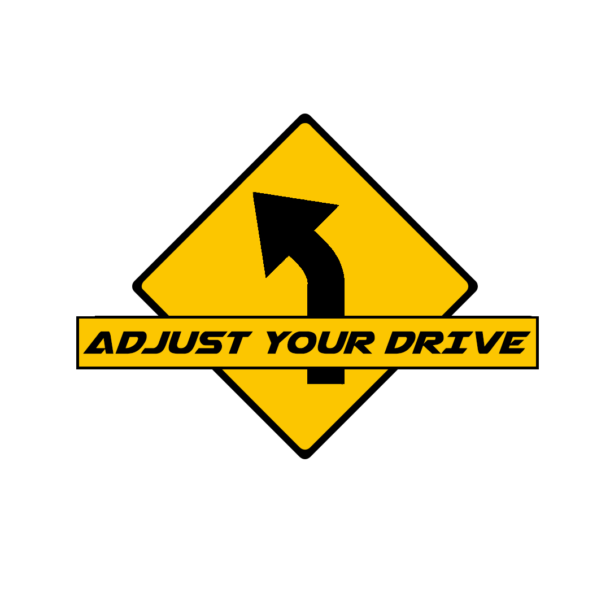
0 Comments